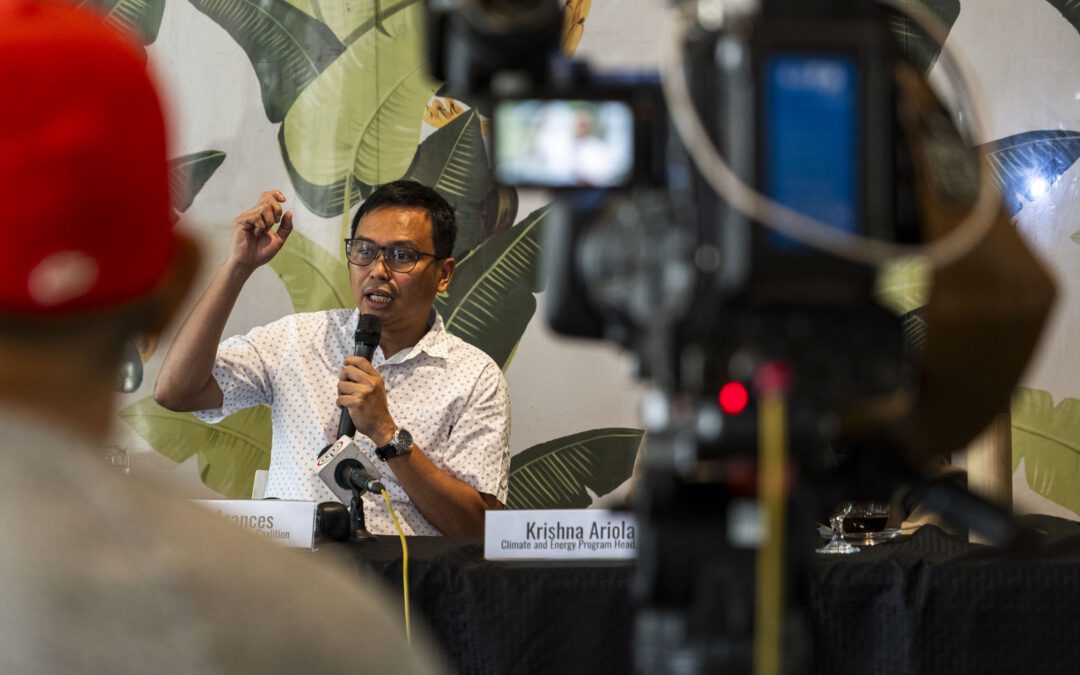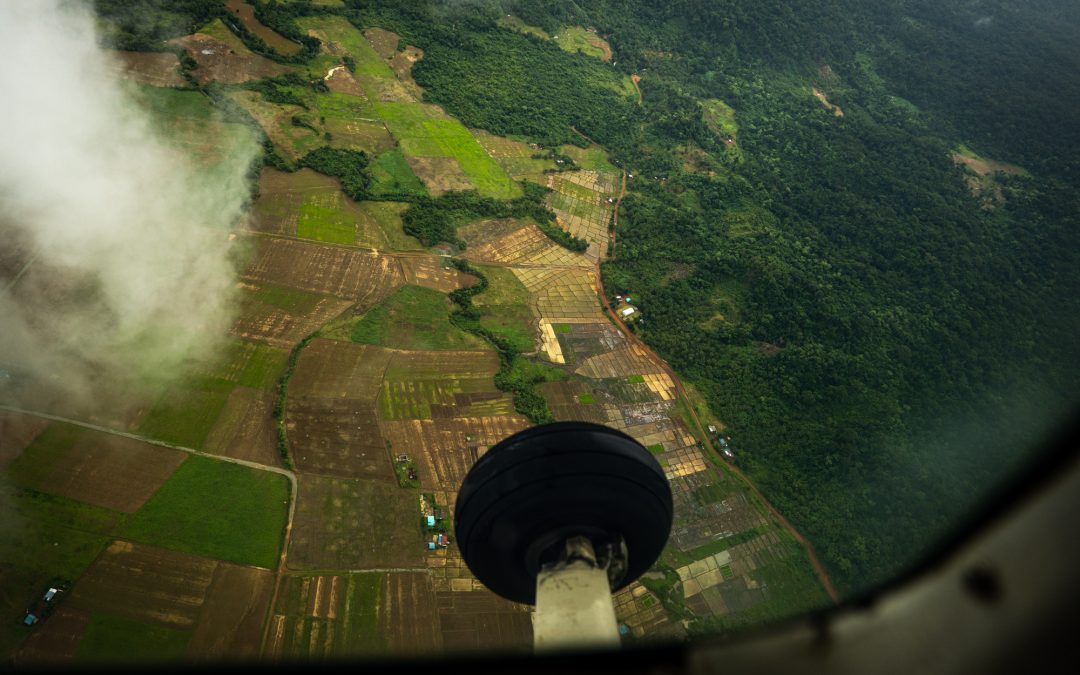Should forestry become a part of the Philippines’ next plan for reducing climate pollution?
Absolutely.
The only question is how.
Updating its pledge for climate change mitigation, known as the Nationally Determined Contribution (NDC), is the Philippines’ most critical climate goal for 2025. This plan is the country’s self-determined commitment to achieving the goals of the Paris Agreement, particularly in limiting global warming to 1.5 degrees Celsius above pre-industrial levels.
The NDC is ultimately an indicator of how ambitious and prepared the nation is to take the pathway to low-emissions, climate-resilient development.
Climate change mitigation is not just about preventing future emissions in the form of greenhouse gases (GHGs); it also involves removing carbon dioxide—the most commonly emitted GHG—from the atmosphere, a task largely carried out by forests. Forests also play a crucial role in adapting to climate change impacts, from flood control to lowering urban temperatures.
However, the perceived importance of forests to the Filipino nation has not necessarily been matched by collective action toward their protection and regeneration. Look no further than the widespread flooding in various cities and towns in 2024, which many residents claim to be worse than what they usually experience—many of these floods are linked to deforestation in nearby areas.
Believe it or not, forestry is currently not included in our NDC.
The First Time
In April 2021, the Philippines submitted its first NDC, committing to reducing its emissions by 75% within the current decade. Achieving this target is largely conditional—meaning it requires financial, technological, and capacity-building support from developed countries that have historically contributed the most to the climate crisis. This is also part of the country’s longstanding pursuit of climate justice, as one of the most vulnerable nations to climate change.
Policies and measures for mitigation were set for economic sectors such as agriculture, waste management, industrial processes and product use, transport, and energy. Yet forestry, along with other forms of land use, was excluded.
According to then-government representatives, priority was given to sectors that are net emitters in order to secure foreign support for implementation. In contrast, forests, which primarily absorb carbon dioxide, were not included. This was part of the government’s strategy to use the NDC to attract investments that would both reduce pollution and drive economic development.
Nevertheless, forests are highly valued in national adaptation strategies, as reflected in the National Adaptation Plan. In the coming years, government agencies are studying measures such as promoting nature-based solutions and implementing projects that provide co-benefits for biodiversity and ecosystem conservation.
However, government data shows that the capacity of Philippine forests to remove carbon dioxide is much smaller than the scale of emissions from the rest of the economy. As of 2020, forests removed only one-tenth of the total GHG emissions produced by the other five sectors.
This Time
The state of Philippine forests leaves much to be desired. The Department of Environment and Natural Resources (DENR) recently reported that only seven million of the country’s 15 million hectares of forestlands have actual forest cover. The agency aims to reforest an additional three million hectares by 2028.
This situation alone provides a strong argument for including forests in the country’s next NDC. But its inclusion also raises several key considerations.
Firstly, it would signal that the Philippines is capable of implementing more climate solutions without relying on support from developed nations. A closer look at the national climate budget reveals misalignment between funding allocations and the solutions identified under the NDC. Highly funded actions, such as flood control projects, have been criticized for falling short of their objectives and being prone to corruption.
Even the DENR’s Enhanced National Greening Program (NGP) has faced backlash from stakeholders for historically failing to meet its own targets and being marred by malpractice. Improving the alignment and utilization of public climate finance could enable the Philippines to set more ambitious targets and integrate more programs—such as forest protection and reforestation—into its NDC.
Secondly, including the forestry sector in the next NDC raises the question of which policies and measures will be incorporated. Beyond the NGP, potential options include protecting and conserving wetlands and mangroves. Blue carbon strategies, which focus on marine and coastal ecosystems, could also be ideal for an archipelagic country like the Philippines, though further capacity-building is needed for their implementation.
Thirdly, including forests in the NDC would help sustain ongoing forest protection and reforestation initiatives. However, this would require greater policy coherence across government agencies, a longstanding challenge in environmental governance.
One of the most pressing issues is the conflict between forest conservation efforts and the government’s pro-mining stance. More and more communities—from Rizal to Palawan—are experiencing severe flooding, particularly in areas near mining and quarrying operations that have led to deforestation.
The importance of forests has long been emphasized, even before climate change became a national concern. Yet, as climate impacts become increasingly severe and inescapable, the significance of forests has only grown.
For many communities and civil society groups, forestry should have already been part of the first NDC. The next few months offer policymakers another chance to address this glaring omission in the Philippine climate agenda.
John Leo is the National Coordinator of Aksyon Klima Pilipinas and the Deputy Executive Director for Programs and Campaigns of Living Laudato Si’ Philippines. He has been a climate and environmental journalist since 2016.






0 Comments